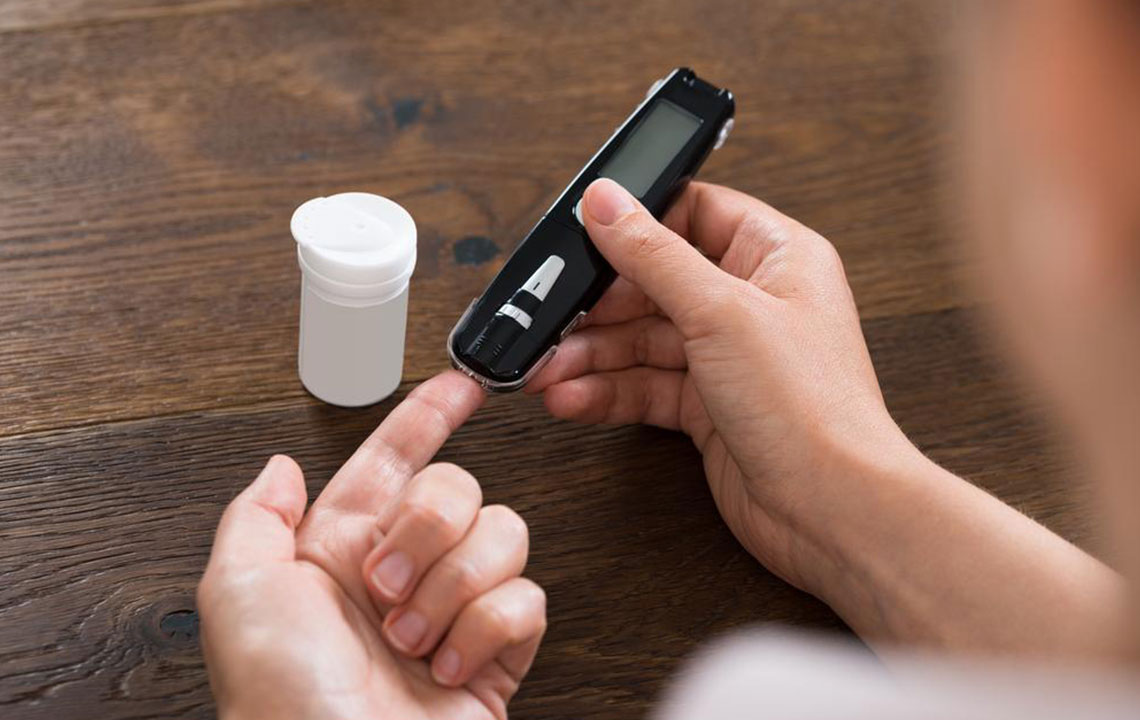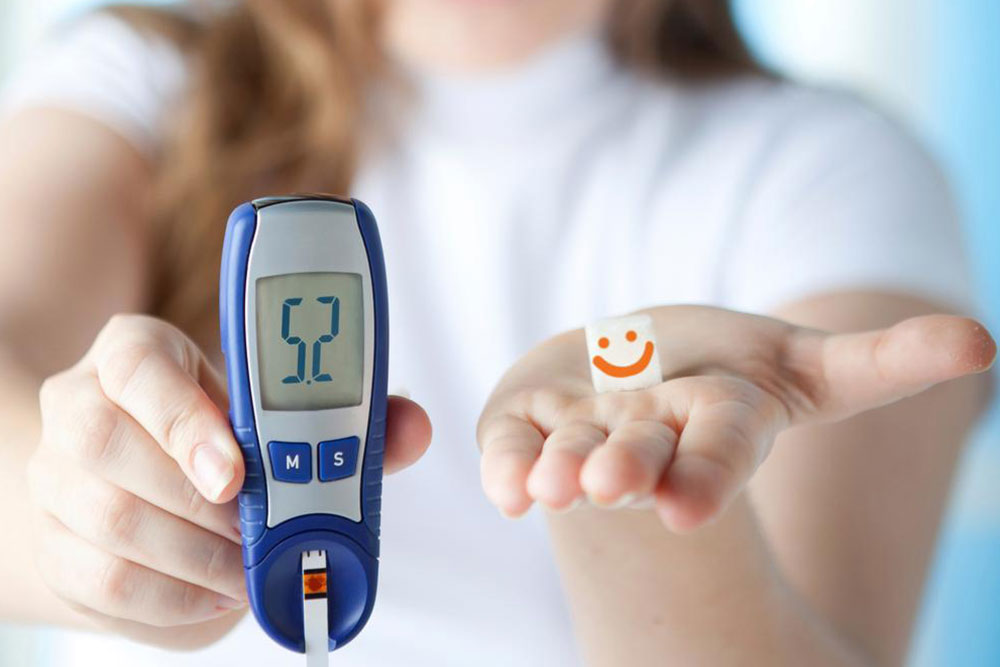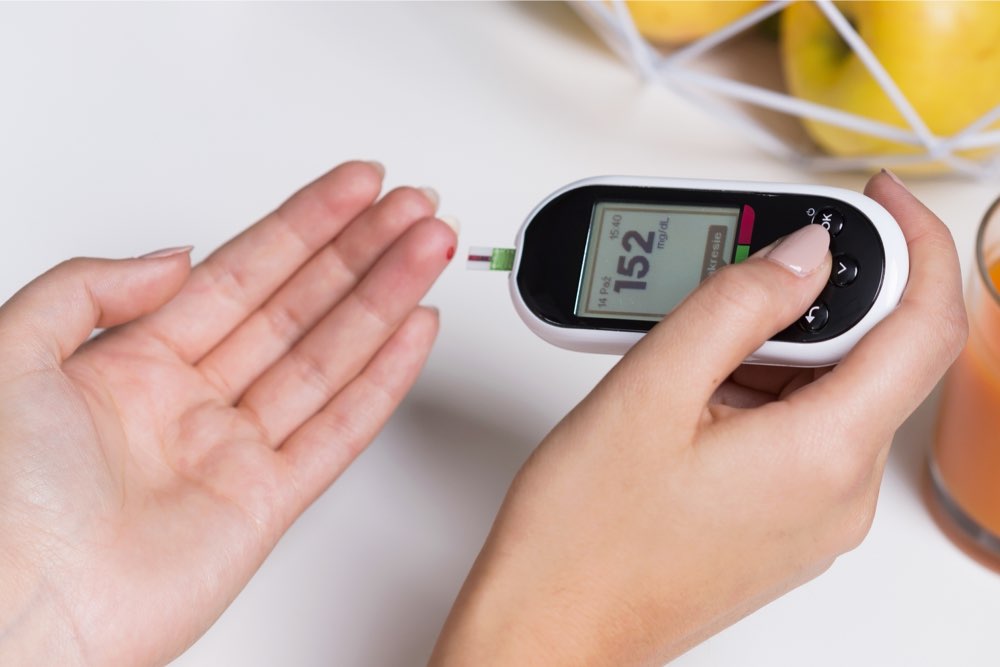Top Strategies to Keep Blood Glucose Levels in Check
Learn effective methods to maintain optimal blood sugar levels through balanced diet, exercise, stress management, and regular monitoring. These strategies help prevent complications associated with diabetes and promote overall health.

Top Strategies to Keep Blood Glucose Levels in Check
Maintaining a healthy blood sugar level varies between diabetics and non-diabetics. Typically, a standard range is 70 mg/dL to 140 mg/dL. Levels between 140 mg/dL and 180 mg/dL indicate slightly elevated glucose and may signal early warning signs, but not necessarily diabetes. When blood sugar exceeds 180 mg/dL, it indicates hyperglycemia, a diabetic condition. Symptoms include headaches, unexplained weight loss, fatigue, excessive thirst, frequent urination, blurred vision, and trouble concentrating.
Blood sugar levels can spike due to missing insulin or medication doses, consuming sugary foods, illness, emotional stress, or inactivity. Regular monitoring helps manage health effectively by providing insights into treatment efficacy, prompting lifestyle adjustments, and preventing complications like eye, nerve, kidney, or heart issues.
Managing blood sugar involves personalized strategies. A balanced diet high in proteins, healthy fats, and fiber—while reducing refined carbs—is crucial. Sources such as yogurt, eggs, salmon, vegetables, and whole grains support blood sugar stability. Avoid processed foods and limit alcohol intake. Stress management techniques like meditation and adequate sleep help prevent cortisol-induced spikes. Exercising for 30 minutes daily, like walking or swimming, enhances insulin sensitivity and boosts immunity. Consistent self-monitoring and healthy habits are key to maintaining normal blood sugar levels and overall well-being.
Note: Regular blood sugar checks are essential for diabetics to ensure optimal control. Always consult healthcare professionals for personalized advice. The information provided aims to guide and motivate healthier choices but should not replace medical treatment.










